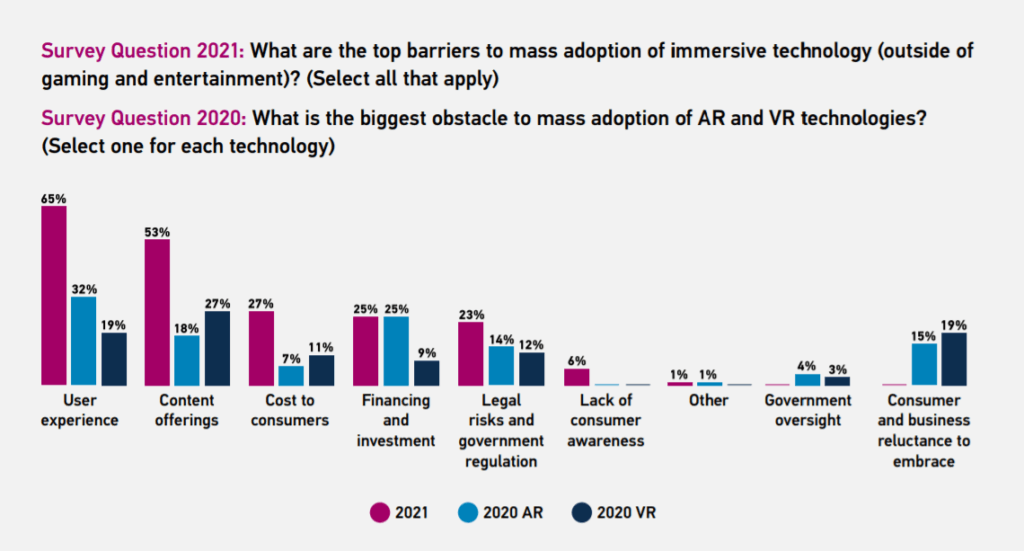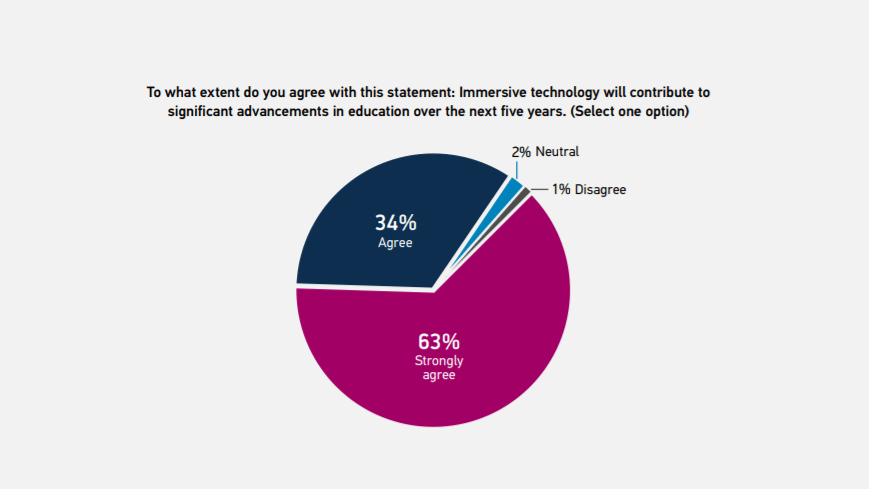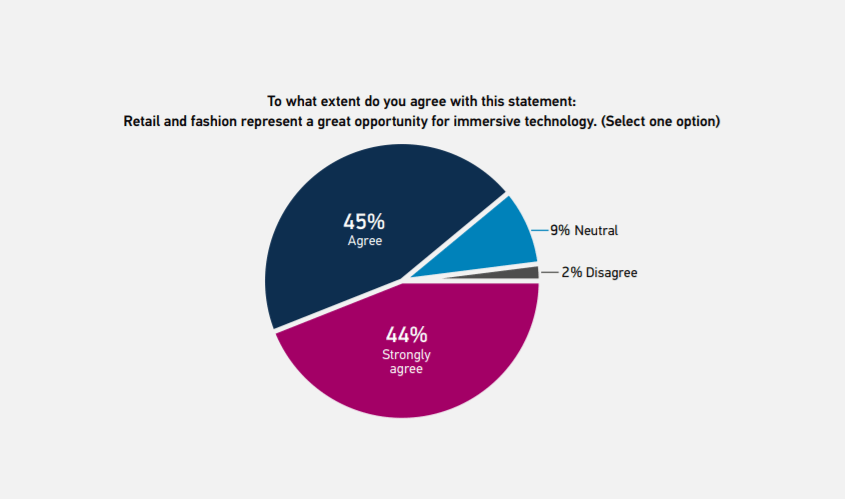The XR industry is a young one, making surveys and reports crucial. Recently, those reports have been… complicated.
For months, reports started with a line explaining that responses were compiled before the pandemic, so they may not accurately reflect the industry. Then, the line changed to explain that responses were compiled during the pandemic, so they may not accurately reflect the industry. Perkins Coie and the XR Association’s most recent report is fresh with a practical shelf-life.
The Survey and Why We Need It
As we emerge from the pandemic, the XR Industry Insider: 2021 XR Survey may give us a look at how XR may work in the “new normal” rather than telling us what the industry looked like before or during the height of the pandemic. Their key takeaway is one that many readers likely came up with on their own:
“Far from upending the industry’s momentum of the past half-decade, the pandemic’s effects – namely forcing millions of people to stay in their homes for months – seem to have strengthened immersive technology’s prospects. . . . Industry leaders in the field of XR . . . are largely confident that the post-pandemic world will include more use of immersive technology.”
The respondents were made up of a 20-person focus group consisting of “industry leaders” as well as 164 “industry executives.” The report focused on enterprise applications and companies rather than gaming and entertainment.
“Six in 10 respondents identified as working for a minority-owned company, or a female-owned company, or both.” According to the report, “this might validate some anecdotal evidence that the industry is becoming more diverse.” The report pointed out that, as a cohort, this group was more likely to support government intervention and more immersive content.
What It Was Like, What Happened, and What It’s Like Now
Respondents overwhelmingly see the pace of both investments and adoption in the XR industry increasing over the coming months. The most significant areas of growth are expected to be automotive, education and training, and retail.
“[In addition to the pandemic], the remote work revolution is also having an effect, with 95% of respondents saying their organization plans to increase spending on immersive technology for better remote collaborations and training.”

Looking back, the healthcare and medical fields are believed to have changed the most during the pandemic. However, the fact that all XR industry fields were impacted by the pandemic was not hidden or avoided in the report.
The greatest barriers to entry were identified as being poor user experience and a lack of interactive and engaging XR content.

A Complex Discussion About Barriers
Where the XR industry stands on the road to adoption and how immersive content can improve were both focus areas of the report, though there was some contention among respondents.
64% of respondents said that consumers don’t know where to find compelling content, while 54% said that developers don’t understand what makes content compelling to consumers. This suggests a disconnect between creators and consumers on at least one fundamental level.

Respondents also said that content as a whole could be improved through more immersive content, more multi-user content, and more content that is compatible across hardware and devices.
There may be another level to “immersion” as well. As mentioned above, over half of the respondents work in companies led by women and minority groups, and these respondents were more likely to identify immersion as an issue.
Female industry leaders focused on “immersion” such as Kavya Pearlman, are more likely to use the term to describe emotional and psychological experience related to ideas like self-representation, not a physical experience of convincing physics engines, display hardware, and haptics. It could be that disagreement over immersion comes from different uses of terms.
Opportunities for Improvement
Fortunately, the line between creators and consumers is increasingly blurring, with 61% of respondents saying that open-source software and communities are the largest drivers of adoption. This also potentially predicts more cross-compatible content in the near future as more users become more developers with access to more tools.
This is a shift that is happening on the hardware side as well, with more and more headset manufacturers announcing or at least working on interoperability of experiences. For example, enterprise headset manufacturer Varjo recently announced full compliance with the Open XR 1.0 standard, and that their coming “Reality Cloud” will be hardware cross-compatible.
While the report described potential government interventions like antitrust laws as another possible benefit for interoperability in the XR industry, it also said that “governmental oversight wasn’t a top concern for respondents.”
XR Industry Spotlights: Education and Retail
Another unclear issue that the report attempted to clarify was that of XR in education. Ninety-seven percent of respondents agree that “immersive technology will contribute to significant advancements in education” in the next five years. However, “respondents also said that education was the industry most challenged by a lack of immersive content.”

This was a trend that was also recognized at the recent Immersive Learning Research Network conference, which took place virtually in Virbela in June. Speakers at that conference pointed to the value of consumers becoming creators but also encouraged more cross-disciplinary work between educators, industry, and experience creators.
The report also put a spotlight on fashion and retail as its own XR industry subset, with 89% of respondents agreeing that “fashion and retail present great opportunities for immersive technology.” Specifically, the report detailed virtual try-on experiences.

While virtual try-on is certainly an important and popular use case, it speaks more to “fashion retail” than “fashion” and “retail” as separate categories. In both virtual reality and augmented reality, digital assets, including wearable virtual clothing, have become an industry of their own.
Some such use cases are apparent outliers, but as interoperability and open-source content creation become more developed, creator marketplaces will likely become a significant driver in the XR industry. Much of that revenue will go to the creators themselves rather than to companies, but companies that control those experiences and marketplaces will see growth too.
The XR Industry’s Road Ahead
One might expect an XR industry report written by XR industrialists to contain glowing commentary and a lot of back-patting. While some of the forecasts from this group might have been more optimistic than those of society as a whole, the respondents pointed out serious and nuanced issues and opportunities within the industry as well.
More significantly, these things are not in natural opposition or mutual exclusion. If the report is correct about increasing adoption, investment, and development, the XR industry will be only more able to overcome its weaknesses in the fields of content, experience, and inclusion.




